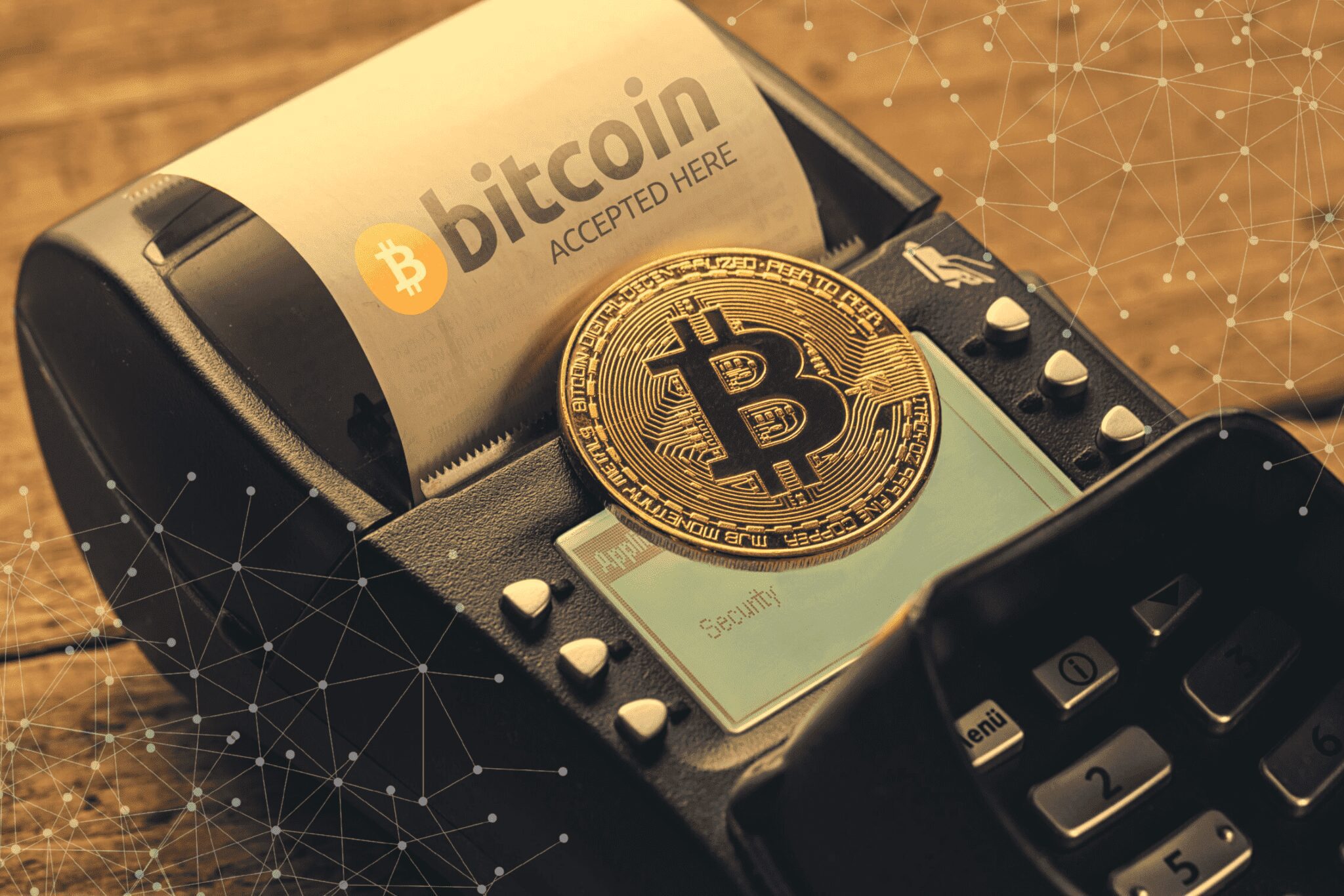Bitcoin: What It Is, Who Created It, and How To Buy It - Complete Guide
Discover everything about Bitcoin: concept, origin, mysterious creator, blockchain functionality, mining and how to invest in the world's first cryptocurrency.
Bitcoin is much more than a simple digital currency - it's a financial revolution that challenges the traditional banking system. Created over 15 years ago by a mysterious figure, this cryptocurrency has forever changed our perception of money, digital ownership, and decentralization.
In this complete guide, we'll explore from basic fundamentals to the most technical aspects of Bitcoin, revealing all the mysteries behind the world's first and most valuable cryptocurrency.
Navigation Menu
- What Is Bitcoin?
- The Mysterious Origin of Bitcoin
- Who Is Satoshi Nakamoto?
- How Bitcoin Technology Works
- Mining: Bitcoin's Security
- Advantages and Disadvantages of Bitcoin
- How to Invest in Bitcoin Today
- Security and Storage
- The Future of Bitcoin
- Psychological Aspects of Investment
What Is Bitcoin?
Bitcoin is a decentralized digital currency that allows value transfers between people without the need for intermediaries like banks or governments. It operates through a peer-to-peer network, where transactions are recorded in a public ledger called blockchain.
Unlike traditional currencies controlled by central banks, Bitcoin doesn't belong to any institution or country. Its value is determined purely by market forces - supply and demand - making it truly independent of government monetary policies.
Bitcoin's Fundamental Characteristics
Bitcoin has five main characteristics that differentiate it from conventional currencies:
Decentralization: There's no central authority controlling the network. Thousands of computers around the world maintain and validate transactions collaboratively.
Transparency: All transactions are publicly recorded on the blockchain, allowing complete network auditing by anyone interested.
Programmable Scarcity: Only 21 million Bitcoins can be created, ensuring scarcity similar to gold and protection against uncontrolled inflation.
Pseudonymity: Transactions are linked to alphanumeric addresses, not real identities, providing users with some degree of privacy.
Immutability: Once recorded on the blockchain, transactions cannot be altered or canceled, ensuring security and finality of operations.

The Mysterious Origin of Bitcoin
Bitcoin's story began on October 31, 2008, when a person (or group) using the pseudonym Satoshi Nakamoto published the famous white paper titled "Bitcoin: A Peer-to-Peer Electronic Cash System."
This 9-page document described a revolutionary electronic money system that would eliminate the need for trusted third parties in digital transactions. The timing couldn't have been more perfect - or suspicious.
The Context of the 2008 Financial Crisis
The white paper was published just one month after Lehman Brothers' bankruptcy, an event that marked the peak of the 2008 global financial crisis. This "coincidence" led many experts to theorize that Bitcoin was created as a direct response to traditional financial system problems.
The hidden message left by Nakamoto in the first blockchain block reinforces this theory: "The Times 03/Jan/2009 Chancellor on brink of second bailout for banks." This reference to The Times newspaper headline suggests a clear critique of the traditional banking system.
As explored in The Bitcoin Standard, the timing between the financial crisis and Bitcoin's emergence wasn't mere coincidence, but rather an intellectual response to structural problems in the current monetary system.
Who Is Satoshi Nakamoto?
One of the biggest unresolved questions in the cryptocurrency world is Satoshi Nakamoto's true identity. Despite countless investigations and theories, no one has definitively proven who's behind this pseudonym.
Digital Clues and Traces
Between 2008 and 2011, Nakamoto was active on online forums, especially BitcoinTalk, where he published about 600 messages discussing Bitcoin's technical aspects. His communications reveal:
- Deep knowledge in cryptography and computer science
- Familiarity with Austrian economics and monetary theories
- Writing patterns suggesting Anglo-Saxon origin
- Activity schedules consistent with European or American time zones
Main Suspects
Hal Finney: Cryptographer who received the first Bitcoin transaction from Nakamoto. Died in 2014 and had his body cryogenically preserved.
Nick Szabo: Inventor of the "bit gold" concept and smart contracts pioneer. His ideas directly influenced Bitcoin's development.
Dorian Nakamoto: Japanese-American engineer who was incorrectly identified as Satoshi by Newsweek magazine in 2014.
Craig Wright: Australian businessman who claims to be Satoshi but has never convincingly proven his allegations.
The mystery remains today, and perhaps it's better that way. The absence of a centralized leader strengthens Bitcoin's decentralized nature.
How Bitcoin Technology Works
Bitcoin functions through an ingenious combination of cryptography, game theory, and distributed consensus. Let's understand each component:
Blockchain: The System's Heart
The blockchain is a distributed ledger that records all Bitcoin transactions in chronologically connected blocks. Each block contains:
- Hash of the previous block (creating the "chain")
- Transaction timestamps
- Merkle tree with all transactions
- Nonce (number used only once) for mining
This structure ensures that altering any historical transaction is computationally impossible, as it would require redoing all subsequent cryptographic work.

Public and Private Keys
Bitcoin uses public key cryptography (ECDSA) to ensure security. Each user has:
Private Key: Secret 256-bit number that controls bitcoins. Must be kept absolutely secret.
Public Key: Mathematically derived from the private key, allows receiving bitcoins and verifying digital signatures.
Bitcoin Address: Shortened version of the public key, used to receive payments.
Transaction Process
When you send bitcoins, the following happens:
- Your wallet creates a transaction specifying recipient and amount
- The transaction is digitally signed with your private key
- The transaction is broadcast to the peer-to-peer network
- Miners validate and include the transaction in a block
- The block is added to the blockchain after network consensus
Mining: Bitcoin's Security
Mining is the process that keeps the Bitcoin network secure and decentralized. Miners compete to solve complex cryptographic problems, validating transactions and creating new blocks.
Proof of Work
Bitcoin uses the SHA-256 algorithm in its Proof of Work consensus mechanism. Miners must find a nonce that, when combined with block data, produces a hash with a certain number of leading zeros.
This process consumes significant computational energy but ensures that altering the blockchain is extremely costly, keeping the network safe from malicious attacks.
Rewards and Halving
Currently, miners receive 6.25 BTC per mined block, plus transaction fees. This reward is halved approximately every 4 years in an event called "halving."
The next halving will occur in 2024, reducing the reward to 3.125 BTC per block. This mechanism controls inflation and ensures that only 21 million bitcoins will exist.
Advantages and Disadvantages of Bitcoin
Like any revolutionary technology, Bitcoin has pros and cons that should be considered:
Advantages
Decentralization: Doesn't depend on banks or governments, offering true financial freedom.
Censorship Resistance: Transactions cannot be blocked by centralized authorities.
Global Transfers: Send value anywhere in the world 24/7 without intermediaries.
Digital Scarcity: Limited supply protects against monetary devaluation.
Transparency: All transactions are publicly auditable on the blockchain.
Disadvantages
Volatility: Extremely volatile price makes it difficult to use as stable medium of exchange.
Energy Consumption: Mining consumes significant energy, generating environmental criticism.
Scalability: Network processes only about 7 transactions per second.
Technical Complexity: Steep learning curve for non-technical users.
Regulatory Uncertainty: Regulatory environment still developing in most countries.
How to Invest in Bitcoin Today
There are several ways to gain Bitcoin exposure, each with its own risk and convenience characteristics:
Cryptocurrency Exchanges
Platforms like Binance, Coinbase, and local exchanges allow buying bitcoins directly. Advantages include:
- Direct access to bitcoins
- Ability to transfer to own wallets
- Variety of payment options
- Active trading available
Bitcoin ETFs
Exchange Traded Funds offer Bitcoin exposure through traditional stock markets. Advantages:
- Easy for traditional investors
- No need to manage private keys
- Traditional regulation
- Stock market liquidity
Investment Funds
Specialized cryptocurrency funds offer professional management:
- Managed diversification
- Professional expertise
- Suitable for large portfolios
- Less technical complexity
For those interested in understanding investment psychology, The Psychology of Money provides valuable insights into financial decision-making that applies to Bitcoin investing.
Security and Storage
Security is a critical aspect when dealing with bitcoins. There are different security levels depending on your needs:
Hot Wallets (Online)
Mobile apps and web wallets offer convenience but less security:
- Ideal for small daily amounts
- Quick and easy access
- Higher hack risk
- Suitable for frequent trading
Cold Wallets (Offline)
Hardware wallets and paper wallets offer maximum security:
- Ideal for long-term storage
- Protection against online hacks
- Requires more technical knowledge
- Better for HODLers
Security Best Practices
- Never share your private keys
- Use two-factor authentication whenever possible
- Keep secure backups of your wallets
- Diversify between different storage types
- Test small amounts before large transfers
The Future of Bitcoin
Bitcoin continues evolving through protocol updates and second-layer development:
Lightning Network
Second-layer solution that enables instant transactions with minimal fees, solving scalability problems.
Taproot and Schnorr Signatures
Recent updates improve privacy, efficiency, and enable more sophisticated smart contracts.
Institutional Adoption
Companies like Tesla, MicroStrategy, and countries like El Salvador are adopting Bitcoin as a store of value, legitimizing it as a serious financial asset.
Regulation
Regulatory frameworks are being developed globally, providing greater clarity and legal security.
Understanding the broader context of digital assets is crucial - our guide on Bitcoin and altcoins provides additional perspective on the cryptocurrency ecosystem.

Bitcoin vs Central Bank Digital Currencies
It's important to distinguish Bitcoin from CBDCs (Central Bank Digital Currencies) that governments are developing:
Bitcoin: Decentralized, limited supply, censorship-resistant, community-controlled.
CBDCs: Centralized, government-controlled supply, fully traceable, subject to monetary policies.
Both are digital, but represent completely opposite philosophies about monetary control and financial freedom.
Psychological Aspects of Investment
Bitcoin triggers powerful psychological mechanisms in investors:
FOMO (Fear of Missing Out): The fear of missing opportunities can lead to impulsive investment decisions.
Scarcity: Limited supply creates sense of urgency and desire for possession.
Social Proof: Seeing others invest generates pressure to follow the crowd.
Understanding these psychological mechanisms is crucial for making rational investment decisions and avoiding common emotional traps in the cryptocurrency market. Books like The Subtle Art of Not Giving a F*ck can help develop the mental resilience needed for volatile markets.
Final Considerations
Bitcoin represents one of the greatest financial innovations in modern history. As demonstrated in The Bitcoin Standard, this technology offers a real alternative to the traditional monetary system based on central banks.
Understanding Bitcoin's fundamental principles - from its mysterious origin to its technical operation - is essential for anyone interested in the future of money. Whether you're an investor, developer, or simply curious about disruptive technologies, Bitcoin deserves your attention and study.
Remember: Bitcoin isn't just an investment opportunity, but a technological and philosophical revolution that questions the foundations of our current monetary system. Like any emerging technology, it presents risks and opportunities that must be carefully evaluated.
Bitcoin's future remains uncertain, but its impact on financial history is already guaranteed. The question is no longer whether cryptocurrencies are here to stay, but how they will completely transform our relationship with money in the coming decades.
For those seeking to build an emergency fund while exploring Bitcoin investments, our comprehensive guide on emergency funds provides essential foundation knowledge for responsible financial planning

